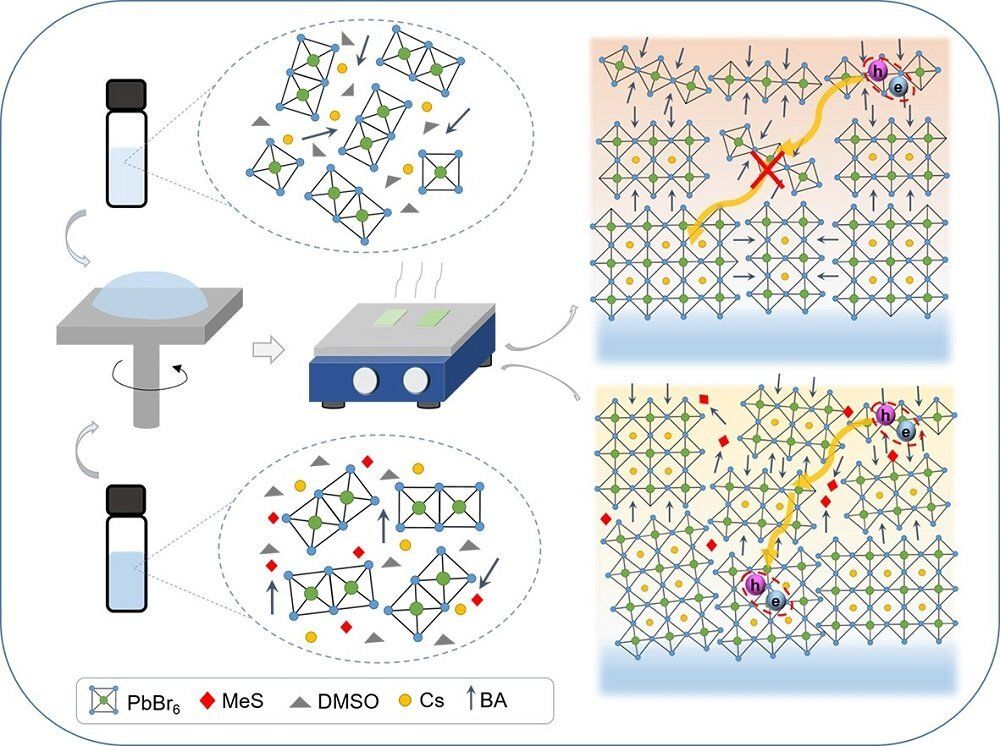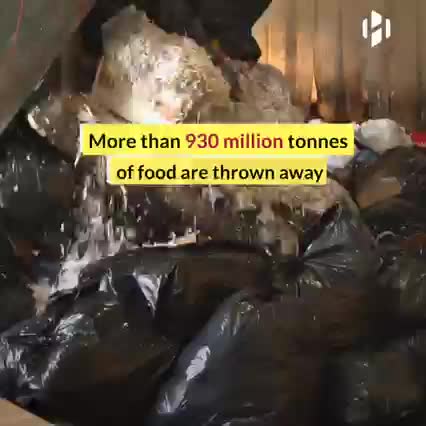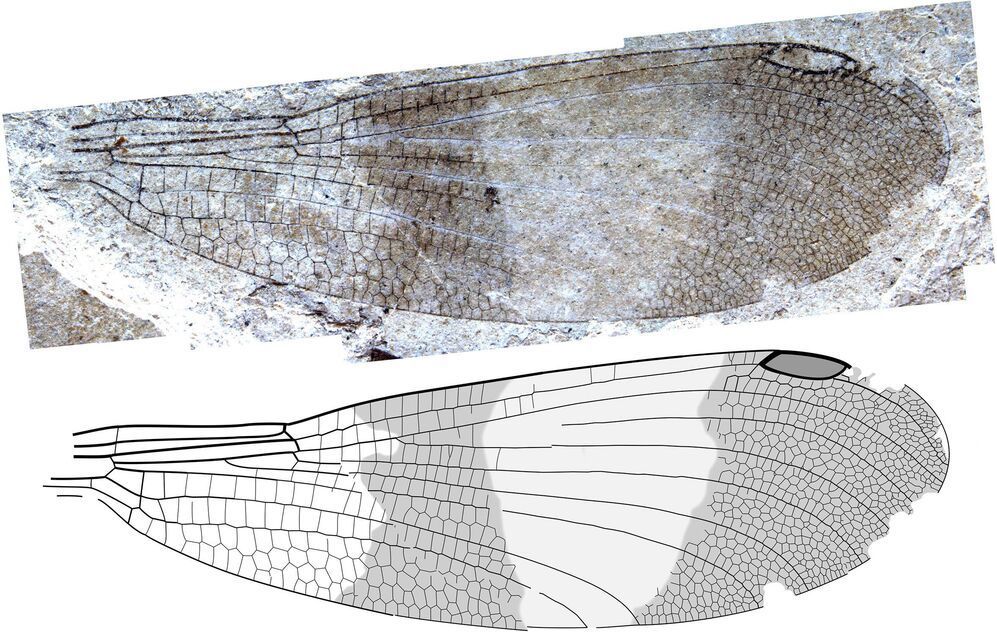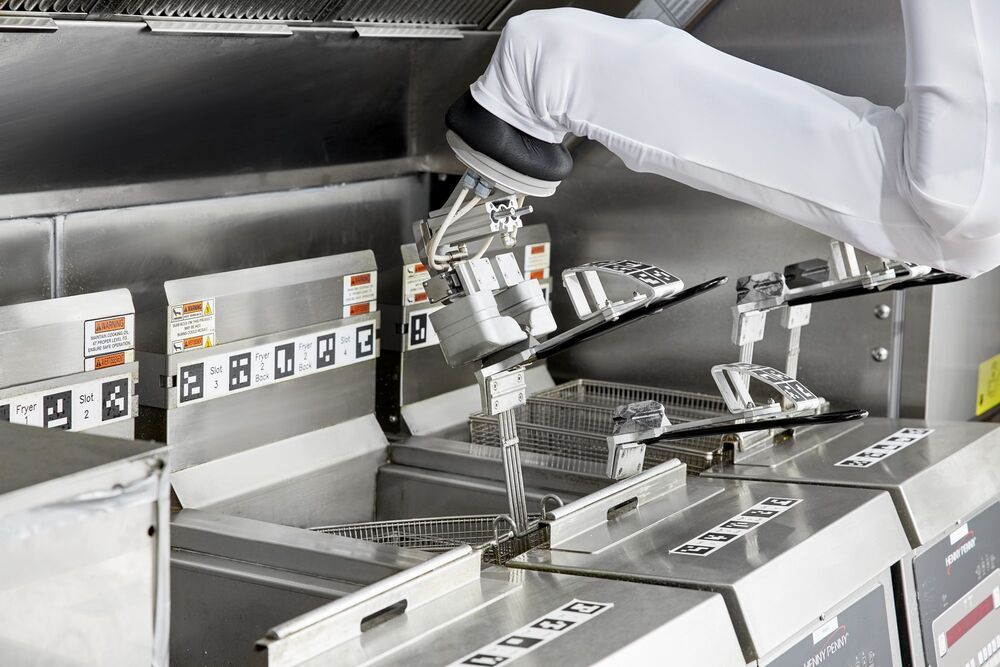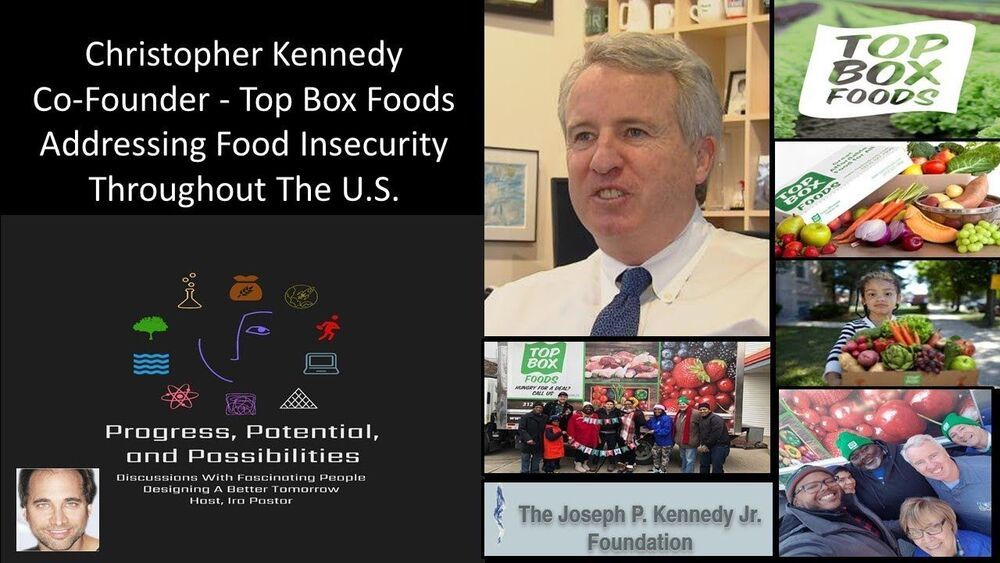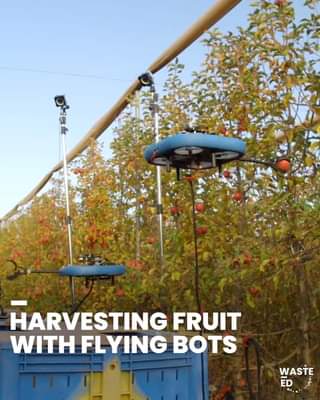Mar 16, 2021
Satellites Are Stranded on the ISS Because of a Military Coup
Posted by Saúl Morales Rodriguéz in categories: food, government, military, satellites, surveillance
Japan’s space agency wants to keep the satellite’s cameras out of military hands.
An unusual geopolitical situation is brewing aboard the International Space Station. Prior to the military coup in Myanmar earlier this year, Japan’s space agency JAXA had been collaborating with the country to build microsatellites that it planned to deploy in partnership with Myanmar’s government.
Now, JAXA has no idea what to do with the pair of 50-kilogram satellites, according to SlashGear. And while Japanese scientists hope to bring the agriculture and fishery-monitoring satellites to life, they’re currently holding them on the ISS instead of deploying them out of fear they might be misused for military purposes — a striking example of real-world geopolitics spilling over into space.
Continue reading “Satellites Are Stranded on the ISS Because of a Military Coup” »

